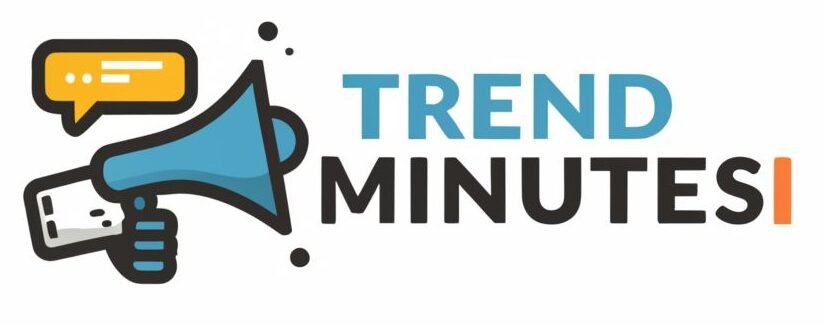Ketamine therapy has emerged as a promising treatment for several conditions, particularly for those where traditional options haven’t been effective. Elon Musk’s recent comments about using ketamine sparked a lot of curiosity. While it might grab attention for its recreational uses, ketamine has a long and interesting history in medicine. Let’s delve deeper and explore how this medication has been used for decades to help patients in the US. Here’s a breakdown of some potential benefits:
Rapid Relief for Depression: Unlike traditional antidepressants that take weeks to kick in, ketamine can offer relief from depression symptoms within hours. This can be a game-changer for people experiencing severe, treatment-resistant depression. Studies suggest it can lift the dark cloud and offer a renewed sense of hope.
Chronic Pain Management: Chronic pain can be debilitating, and ketamine offers a potential weapon in this fight. Low-dose ketamine infusions have shown promise in managing neuropathic pain, a type of pain that often doesn’t respond well to traditional medications.
Treatment-Resistant Conditions: Ketamine therapy is often considered when other treatments haven’t worked. This can be a lifeline for people struggling with conditions like treatment-resistant depression, OCD, and even some anxiety disorders.
Potential for New Brain Connections: Researchers believe ketamine may work by stimulating the growth of new neural connections in the brain. This “rewiring” effect could be key to alleviating symptoms of depression and other mental health conditions.
Improved Mood and Functioning: The ultimate goal of any treatment is to improve a patient’s quality of life. Ketamine therapy, if successful, can lead to significant improvements in mood, energy levels, and overall functioning. This can allow people to return to their daily activities and live more fulfilling lives.
Important to Remember: Ketamine therapy is still under investigation, and it’s not a one-size-fits-all solution. It should only be administered under medical supervision by qualified professionals. There can be side effects, and long-term use for certain conditions requires further research.
Overall, ketamine therapy offers a ray of hope for people struggling with treatment-resistant conditions. While more research is needed, its potential benefits for improving mood, managing chronic pain, and offering rapid relief from depression are significant advancements in the medical field.
Ketamine: Beyond the Headlines – A Look at its Medical Uses
Battleground Anesthesia: Developed in the 1960s, ketamine’s claim to fame is as a fast-acting anesthetic. Unlike many anesthetics, ketamine doesn’t suppress breathing, making it a valuable tool in war zones and emergency settings. Imagine a battlefield medic needing to treat a wounded soldier quickly – ketamine’s unique properties come to the rescue.
Pain Warrior: Chronic pain is a battle many Americans face. Thankfully, ketamine can be a weapon in this fight. Doctors sometimes use low-dose ketamine to manage chronic pain, particularly neuropathic pain, which often doesn’t respond well to traditional medications.
Depression’s Shadow: Traditional antidepressants can take weeks to work, leaving some people feeling hopeless. Ketamine, however, has shown promise in offering rapid relief for treatment-resistant depression. Studies suggest it can lift the fog of depression within hours, offering a lifeline to those struggling.
It’s Important to Note: Ketamine is a powerful medication and should only be used under medical supervision. It can have side effects, and research on its long-term use for certain conditions is ongoing.
Beyond the Headlines: The story of ketamine is more than just a celebrity tidbit. It’s a testament to the ongoing search for new medical solutions. While there’s always caution with new approaches, ketamine’s potential to help people in pain and struggling with depression is a positive development in the American medical landscape.
How long does it take for Ketamine Therapy to start working?
Ketamine therapy stands out for its speed compared to traditional medications. Here’s a breakdown of how long it might take to see effects:
Fast-Acting Relief: Unlike antidepressants that take weeks or months, ketamine can work much quicker. Some people might experience relief from depression symptoms within hours of the first session. This rapid effect is a major advantage for those struggling with severe depression.
Gradual Improvement: For chronic pain or other conditions, ketamine therapy often involves multiple sessions. While some pain relief might be felt soon after the first session, significant improvement may take days or even weeks as the treatment progresses.
Individual Response: It’s important to remember that everyone reacts differently to medications. How long it takes for ketamine therapy to work depends on the individual and the specific condition being treated. Some people experience benefits quickly, while others may take a few sessions to see improvement.
Doctor’s Guidance is Key: A qualified healthcare professional will determine the appropriate treatment plan and monitor your progress. They can advise you on what timeframe to expect for seeing results based on your specific condition.
Not a Cure-All: It’s crucial to understand that ketamine therapy is not a permanent fix. The effects typically last for several days or weeks, and booster sessions might be needed to maintain improvement.





